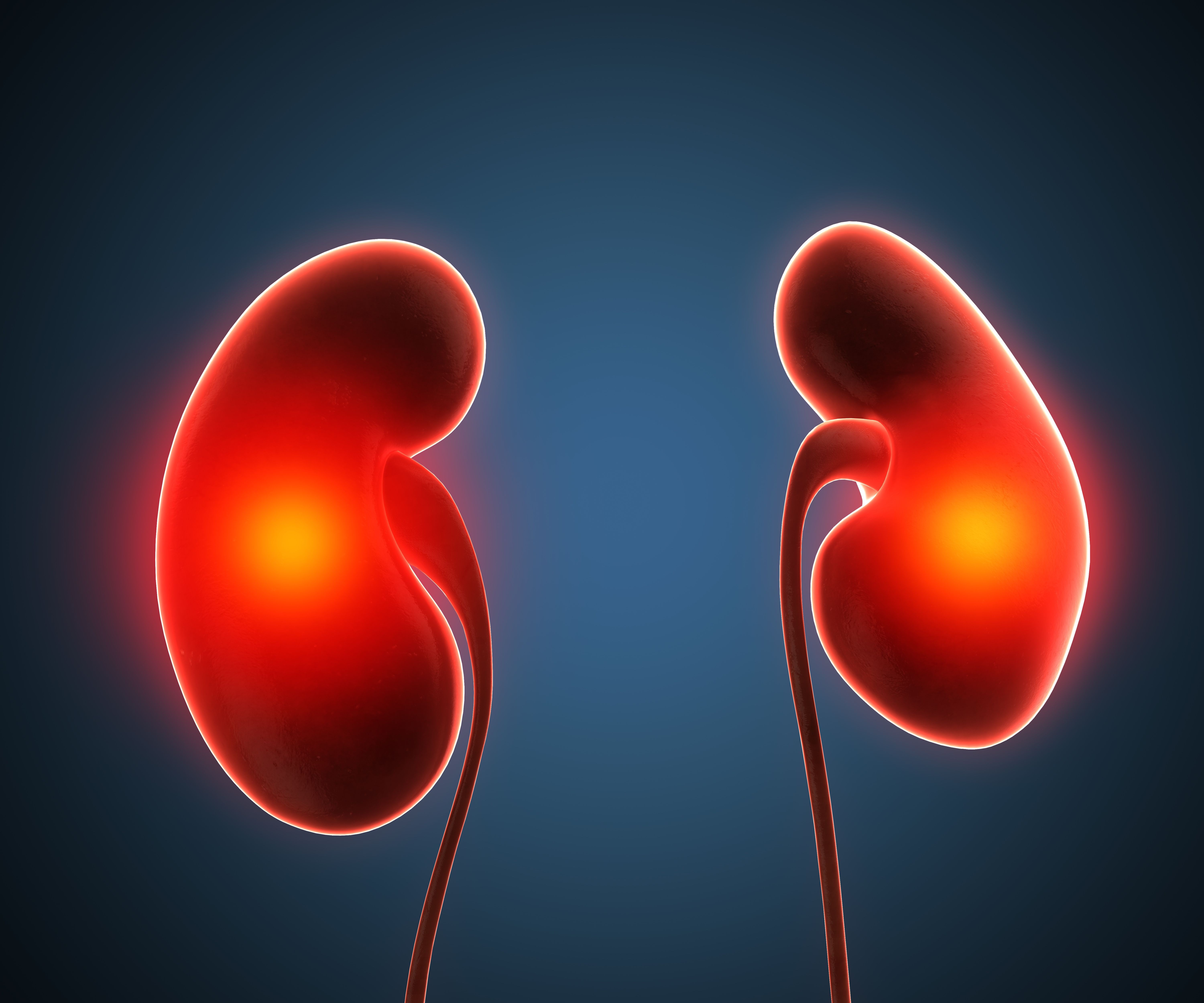Urinary Inflammatory Biomarkers Show Prognostic Value for IgA Nephropathy
Urinary cytokines GDF-15, IL-6, and EGF significantly strengthened the predictability of IgAN prognosis and may be viable biomarker candidates for disease progression.
Credit: Fotolia

The variable clinical course of IgA nephropathy (IgAN) often makes it difficult for clinicians to predict disease progression and kidney function decline, but findings from a recent study are calling attention to the potential prognostic value of various urinary biomarkers for deciphering the clinical features of IgAN.1
Results were published in BMC Nephrology and showed several urinary inflammatory biomarkers were dysregulated in patients with IgAN compared to those with other kidney diseases and healthy controls, further highlighting several urinary cytokines as early prognostic biomarker candidates based on their ability to strengthen the predictability of IgAN prognosis.1
“While kidney biopsy is the gold standard for diagnosing IgAN, novel urinary biomarkers may provide valuable prognostic information,” Kyunghwan Jeong, of the division of nephrology in the department of internal medicine at Kyung Hee University Hospital in Korea, and colleagues wrote.1 “Therefore, integrating biomarkers with the existing prediction tools requires further effort.”
Although it is the most common type of primary glomerulonephritis, IgAN’s clinical course varies from patient to patient – while some may experience few symptoms or complications, others progress to kidney failure. Accordingly, biomarkers for predicting the prognosis of IgAN are important but not well understood, including the prognostic value of various clinical urinary biomarkers.2
To investigate the clinical significance of urinary inflammatory biomarkers and noninvasive cytokines in patients with IgAN, investigators enrolled 320 patients, including 191 patients diagnosed with biopsy-proven IgAN; 53 patients with minimal change disease, membranous glomerulonephritis, and focal segmental glomerulosclerosis; and 76 participants without kidney disease. Investigators retrospectively assessed each patient’s renal function 1 year after biopsy based on the diagnosis date. Kidney function was evaluated by estimated glomerular filtration rate (eGFR) and calculated using the Chronic Kidney Disease Epidemiology Collaboration formula, while the level of proteinuria was measured using urine protein-creatinine ratio (UPCR).1
The clinical outcome of the study was chronic kidney disease (CKD) progression, with disease progression in patients with IgAN defined as a > 20% decrease in eGFR from baseline levels or in the condition of renal replacement therapy or kidney transplantation status after a 1-year follow-up.1
Medline and Scopus were searched for reviews, meta-analyses, randomized control trials, and cohort studies suggesting urinary biomarkers for the evaluation of IgAN progression. Based on 24 included studies, Investigators selected 16 candidate urinary inflammatory biomarkers: B-cell-activating factor (BAFF); vascular endothelial growth factor receptor-2 (VEGFR2); MCP-1 regulated on activation; normal T cell expressed and secreted (RANTES); C–X–C motif ligand 10 (CXCL10); C–X–C motif ligand 16 (CXCL16); epidermal growth factor (EGF); endocan; endostatin; growth/differentiation factor-15 (GDF-15); interferon γ (IFNγ); interleukin-6 (IL-6); mannose-binding lectin (MBL); nephrin; transferrin receptor (TfR); and KIM-1.1
For each of the selected urinary inflammatory cytokines, investigators used a multiplex enzyme-linked immunosorbent assay to measure and evaluate the correlation between clinical and pathological features following regression analysis on progression.1
Among all study participants, the median age was 41.5 years and 47.2% of patients were male. The IgAN group had significantly lower eGFR levels than the normal control group (83.0 vs 109.6 mL/min/1.73 m2; P <.05) and UPCR levels differed significantly between the IgAN group, disease control group, and healthy control group (P <.001).1
Further analysis revealed the IgAN group had greater levels of 8 urinary inflammatory biomarkers compared to the normal control group, including BAFF; MCP-1; CXCL10; GDF-15; IL-6; MBL; TfR; and KIM-1. In contrast, investigators pointed out the IgAN group exhibited lower levels of 5 urinary inflammatory biomarkers compared to the normal control group: RANTES; EGF; endocan; IFNγ; and nephrin. Additionally, compared to the disease control group, the IgAN group showed significantly lower levels of BAFF, VEGFR-2, RANTES, endostatin, GDF-15, and nephrin.1
In a multivariate Cox regression analysis, urinary EGF (hazard ratio [HR], 0.40; 95% CI, 0.17–0.95; P = .04), GDF-15 (HR, 2.45; 95% CI, 1.01–5.94; P = .048), and IL-6 (HR, 3.02; 95% CI, 1.05–8.64; P = .04) were associated with disease progression in IgAN. As predictive factors after the 1-year follow-up, urinary GDF-15 (Area under the curve [AUC], 0.77; 95% CI, 0.67–0.86; P <.001), IL-6 (AUC, 0.74; 95% CI, 0.62–0.86; P <.001), and reverse of EGF (AUC, 0.72; 95% CI, 0.60–0.83; P = .001) were as effective as International IgAN Risk Prediction Tool, the current strategy for predicting the risk of CKD progression in IgAN, in assessing IgAN progression (AUC, 0.68; 95% CI, 0.56–0.79; P = .01).1
Investigators noted the study’s small sample size, single assessment of urinary cytokine levels at the time of kidney biopsy, lack of consideration for different treatments affecting kidney function decline, and short follow-up period may serve as potential limitations to these findings.1
Nonetheless, they concluded that “These candidates, as early prognostic biomarker candidates, may assist in the formulation of therapeutic strategies for patients with IgAN. Further studies are needed to validate these noninvasive urinary inflammatory biomarkers as clinical indicators of kidney damage in patients with IgAN.”
References:
- Yoon SY, Kim JS, Jung SW, et al. Clinical significance of urinary inflammatory biomarkers in patients with IgA nephropathy. BMC Nephrol 25, 142 (2024). https://doi.org/10.1186/s12882-024-03574-2
- Mayo Clinic. IgA nephropathy (Berger disease). Diseases & Conditions. Accessed May 1, 2024. https://www.mayoclinic.org/diseases-conditions/iga-nephropathy/symptoms-causes/syc-20352268